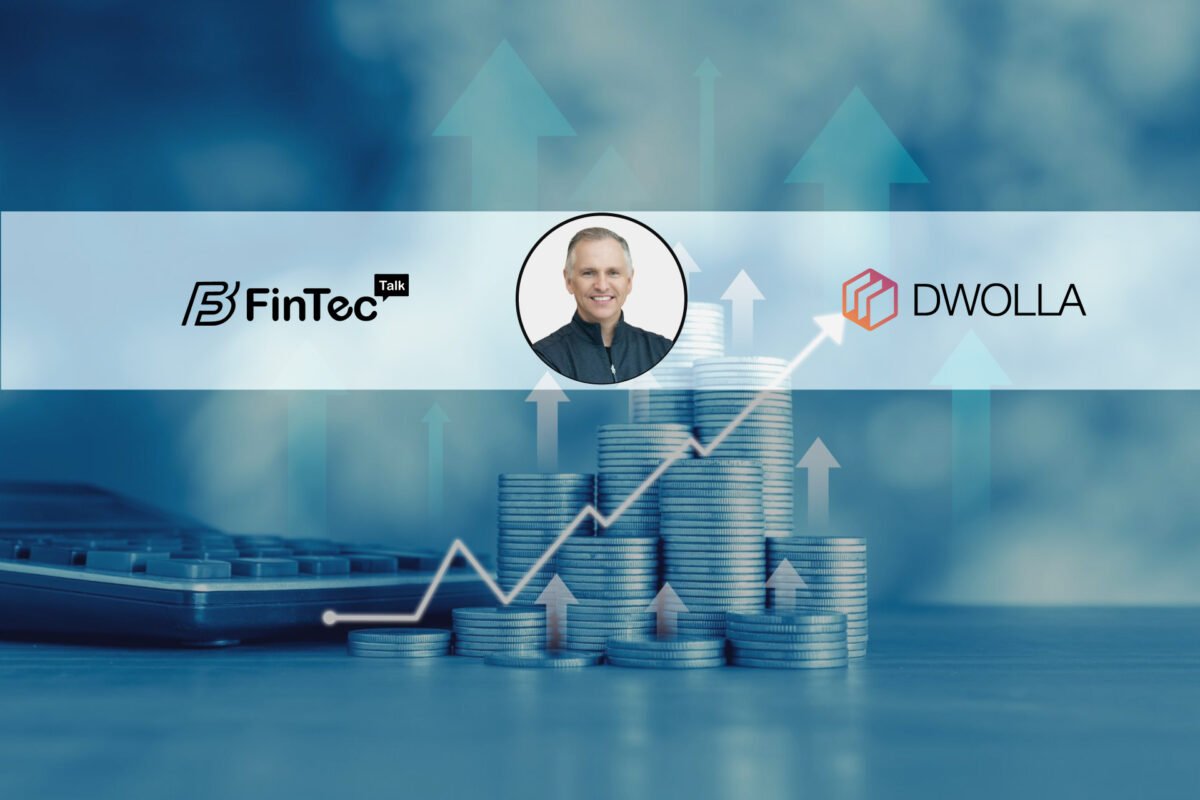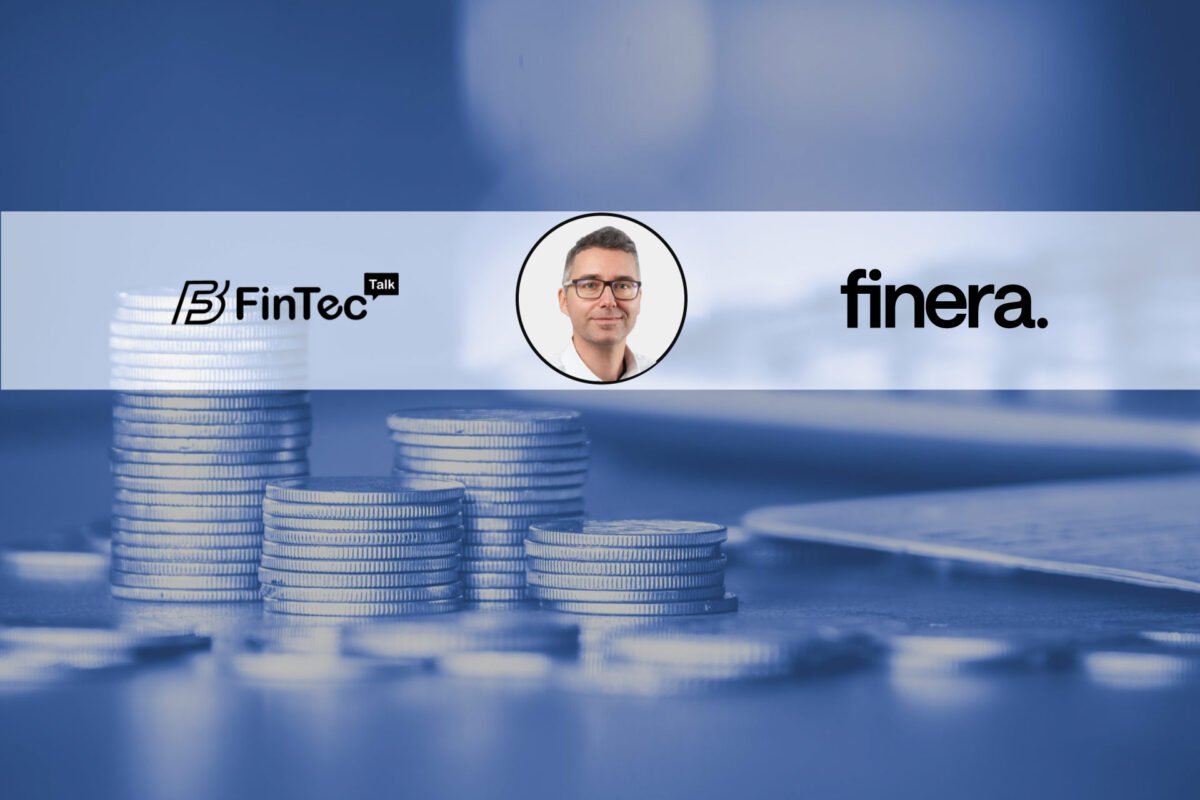Dive into our exclusive interview with Konstantin Shulga, Co-founder and CEO of Finery Markets, as he discusses institutional crypto adoption, market challenges, and their journey to $20 billion in trading volume.
Konstantin, please share a bit about yourself and your role as Co-founder and CEO at Finery Markets.
With over 15 years of experience in retail and institutional financial markets, I have held various roles in electronic trading, including the international development of exchange infrastructure and electronic brokerage businesses across equities, fixed income, and FX.
Back in 2017, the Bitcoin whitepaper captivated me. It’s rare for a new asset class to emerge in global financial markets, and I recognized it as a once-in-a-lifetime opportunity. The crypto markets experienced their first explosive growth back then, driven by blockchain enthusiasts and tech-savvy individuals.
Several years later, my future co-founder Ilia Drozdov and I identified a fundamental challenge hindering institutional adoption of crypto: ensuring execution quality and managing counterparty risk. We dedicated countless hours to perfecting the market design and trading architecture.
Eventually, we embarked on a mission to develop a trading infrastructure specifically tailored to meet the needs of institutional players. Five years ago, institutions started investigating the potential of crypto, and some began planning to enter the market in the coming years. Our initial research revealed that ⅔ of market participants are at least exploring this new asset class. Therefore, we hypothesized that they would eventually reach a point when they are ready for the transition.
Despite initial interest, the expansion faced significant hurdles due to an inadequate market structure. Key obstacles included excessively vertically integrated trade and post-trade services, a lack of custody solutions, challenges with market access, insufficient liquidity, and certain opaque market practices. Essentially, the primary issue was the absence of an institutional-grade trading infrastructure.
I took a leap of faith and transitioned to a full-time role as the CEO and co-founder of Finery Markets. Leveraging my previous expertise, we aimed to create something truly disruptive in the crypto space. I now realize that my career move mirrors a broader trend among mainstream finance professionals. Many are assuming leadership roles at various crypto firms, leveraging their expertise to build a trusted bridge between traditional finance (TradFi) and the digital asset industry.
Finery Markets has experienced impressive growth since its inception. What were the key strategies that contributed to reaching $20 billion in trading volume in less than five years?
Honestly, the team’s ‘can-do’ mindset has enabled us to grow rapidly, share knowledge, and maintain a robust infrastructure to meet institutional needs. We now serve more than 130 B2B clients in 35 countries, and our clients have exceeded $20 billion in turnover through our trading infrastructure.
Initially, we launched trading software designed as an institutional marketplace based on a “taker-maker” model. This platforms enables regulated and licensed liquidity providers to offer their services to crypto businesses seeking liquidity. Over time, we enhanced our trading software by integrating broker access and adding multiple features to address the needs of front-, mid-, and back-office operations of our clients. Last year, we launched a white-label solution for OTC desks and brokers, offering a unique combination of advanced trading software and institutional liquidity.
Despite reaching a milestone of $20 billion in turnover, we believe we are just at the beginning of our journey. The crypto market is currently the most fragmented asset class in history. Establishing an efficient trading setup in such an environment is a significant challenge for any crypto business. With over 600 existing trading venues (or exchanges, if you will) and more regional players emerging due to evolving local regulations, the landscape is highly complex.
In the inaugural episode of ‘The Flow,’ our C-level podcast dedicated to the institutional crypto market structure, we had the honor of speaking with Doug Atkin, the former CEO of Instinet. Instinet, a fintech pioneer in the early 1970s, revolutionized the fragmented equities market by developing electronic trading. Our conversation with Doug uncovered numerous parallels between the evolution of the equities market structure in the ‘80s and the current advancements in the crypto market.
We see that in many aspects the crypto market structure mirrors that of the FX and equities markets. Therefore, there is an opportunity to consolidate this market by serving as a single entry point to multiple global liquidity providers.
With Finery Markets recently earning SOC 2 Type 1 certification, how does this achievement enhance your credibility and operations in the crypto space?
We are proud to be the first crypto-native ECN to achieve this milestone. But why is it so significant for us? At its core, it’s a cybersecurity compliance benchmark that’s well-established in TradFi. We recognize the increasing importance of cybersecurity in the crypto space.
A recent Deloitte report highlights that the most common questions people have when considering a crypto venue are: “Is our information secure?” and “How do you know?” The SOC 2 certification directly addresses these concerns. Operating in 35 countries, we are committed to ensuring that our policies and practices remain robust and scalable, even as we grow.
Your platform serves a diverse range of institutions globally. How does Finery Markets ensure seamless connectivity and efficient operations across different regions and markets?
To address the needs of scalability and security, we leverage a cloud-based AWS-infrastructure for our trading servers. We’ve also developed a robust API that supports widely-used protocols like WebSocket, REST, and FIX.
As a trading infrastructure provider, we operate on a non-custodial basis. This means we don’t engage in trades directly, nor do we handle our customers’ funds. Instead, our clients interact with fully regulated liquidity providers or brokers, while we focus on offering pre-trade, trade execution, and post-trade services.
What really sets us apart from other ECNs in the crypto space is our versatile trading execution design, which is tailored to meet the diverse needs of our customers. Our hybrid ECN offers both order-driven matching—where liquidity is firm and slippage is zero—and a Request for Quote (RFQ) system. The latter allows customers to request quotes for any type of asset in any size. We believe this hybrid trading model offers the best of both worlds: it combines the transparency and execution certainty of order-driven systems with the deep liquidity and minimal market impact of quote-driven models.
Additionally, we have heavily invested in features such as role-based access, risk management, position management, spread management, reporting, authorized trading, and flexible post-trade settlement. All of these features are available through our SaaS solution, eliminating the need for brokers or OTC desks to invest in their own trading infrastructure. This is where we have found a great product-market fit.
Can you elaborate on the significance of crypto OTC trading and how it functions within the broader digital asset ecosystem?
In trading, there isn’t a one-size-fits-all solution. For retail customers or smaller trade sizes, trading on-exchange can often be more efficient. However, for institutions, OTC trading is frequently the best option. This is due to its flexibility and the minimal market impact it offers.
In the early 2010s, OTC crypto trading emerged to facilitate large BTC transactions among miners and early adopters. Those OTC platforms operated with minimal regulatory oversight, relying heavily on reputation and personal networks to conduct trades. OTC trading desks rely on liquidity providers. However, managing connections with multiple liquidity providers can be resource-intensive and result in hefty costs for infrastructure and back-office.
As the market matured and garnered attention from more institutional players, the need for more structured and secure OTC trading processes became evident, leading to the involvement of more formalized players like ECNs.
In late 2023, in collaboration with CCData, a leading digital asset data and index provider, we published a comprehensive report on OTC institutional trading in the crypto industry. Notably, 40% of organizations surveyed have been trading digital assets for over six years, reflecting a strong market presence.
The spot OTC market reached a daily trading volume of $1.44 billion, highlighting the significant activity in this segment, even during a bear market. We will conduct a similar survey this year, and given the recent progress, I assume that the OTC trading market size has expanded several times.
In your opinion, what are the major trends and developments in the crypto OTC space as observed in the H1 2024 review?
The adoption rate of digital assets and institutional involvement has accelerated far faster than anticipated at the beginning of the year.
Particularly due to the crypto ETFs approval, which led to a massive spike in interest — a development that should not be underestimated. I believe this is only the beginning; we will see an increasing number of institutional players entering the space.
Compared to 2023, market sentiment has turned bullish, with strong performance observed both on-exchange and OTC markets. In H1 2024, crypto spot volumes through Finery Markets increased by 95% YoY.
It’s important to recognize that integrating approved crypto products into the financial sector’s product portfolios will take approximately 6-12 months. This time frame allows for the necessary adjustments to the business routines and processes of the financial institutions.
The key takeaway is that this approval signifies a major shift in regulatory attitudes, indicating the irreversible institutionalization of crypto. With institutions now entering the crypto space, there are immense opportunities to capitalize on this emerging trend.
What role does institutional adoption play in the growth and evolution of the crypto market, and how is Finery Markets positioned to support this shift?
From the very beginning, we designed our trading infrastructure to cater to the evolving needs of institutional players. Over time, we have expanded our offerings from being a crypto ECN, which connects liquidity takers and providers, to a fully-fledged trading SaaS solution.
The approval of crypto-related ETFs has significantly attracted institutional investors, marking crypto as a recognized asset class. Crypto-based ETFs have become the fastest-growing sector in ETF history, highlighting the substantial interest from the TradFi community. The SEC’s approval of BTC and ETH ETFs has further legitimized digital assets, adding a layer of credibility and trust. Moreover, the development of stablecoins underscores the practicality of cryptocurrencies for money remittance use cases.
The market structure has also matured considerably. The collapse of FTX two years ago was a harsh lesson for many market participants, prompting them to adopt more robust setups. Now, there’s a preference for segregated services across trade and post-trade stages, along with qualified custody solutions to better manage counterparty risks.
Overall, these developments indicate that the crypto market is evolving and becoming more integrated with traditional financial systems, which is a positive sign for its future growth and stability.
How does Finery Markets’ proprietary matching engine improve execution quality and liquidity for its users?
Through both FM Marketplace and FM Liquidity Match, market professionals can provide their customers with a “no last look” trading model, ensuring the best execution.
Thanks to the proprietary matching engine, market participants can even create their own ECN and customized liquidity pools, internalize customer flows, or simply resell global OTC liquidity to their end-customers.
Each sub-account functions separately with its own balance, positions, and trading history. The master account manages user access, risk limits, position rollover, mark-ups, and spreads across all sub-accounts.
In the end, this setup minimizes counterparty risks and improves capital efficiency with an automated post-trade settlement workflow.
Can you discuss the challenges and solutions related to risk management and capital efficiency that Finery Markets addresses through its infrastructure?
Our trading architecture is designed to enable our customers to trade with liquidity providers using credit lines while offering flexible risk management options. All trades are executed on a credit-screened basis to ensure that risk limits are checked before the trade is made.
Our risk management module allows users to set various risk parameters, such as initial or maintenance margins, and to manage exposure by asset class or by counterparty. Essentially, it provides all the necessary tools to effectively control risks.
This solution is particularly beneficial for brokers or OTC desks using our SaaS solution, as it significantly enhances their capabilities and operational efficiency.
With 99.99% uptime, we ensure that our clients have consistent access to institutional liquidity and can achieve the best execution, even during periods of high market volatility.
I now realize that my career move mirrors a broader trend among mainstream finance professionals. Many are assuming leadership roles at various crypto firms, leveraging their expertise to build a trusted bridge between traditional finance and the digital asset industry.
What do you foresee as the next significant developments or changes in the crypto trading landscape, and how is Finery Markets preparing for these future shifts?
We anticipate a continued strengthening of market structures, driven by regulatory developments and the expertise that TradFi veterans bring to the crypto space. This evolution will lead to a more balanced risk distribution and further diversification of the trade cycle.
As this trend gains momentum, institution-backed startups are creating frameworks for digital asset management, prime brokerage, ECNs, trading venues, and market-making services. They are also focusing on enhancing the reliability of clearing and settlement processes and fortifying digital custody solutions.
A significant number of new companies and businesses are being established in key financial hubs such as Singapore, the UAE, London, and various European cities, particularly with the Markets in Crypto-Assets (MiCA) regulation leading the way.
On our end, we are committed to scaling our capacity to meet the growing demand from institutional clients. As I mentioned earlier, we were the first to launch a hybrid ECN that offers both Request for Quote (RFQ) and order-based institutional liquidity.
Stay Ahead of the Financial Curve with Our Latest Fintech News Updates!




